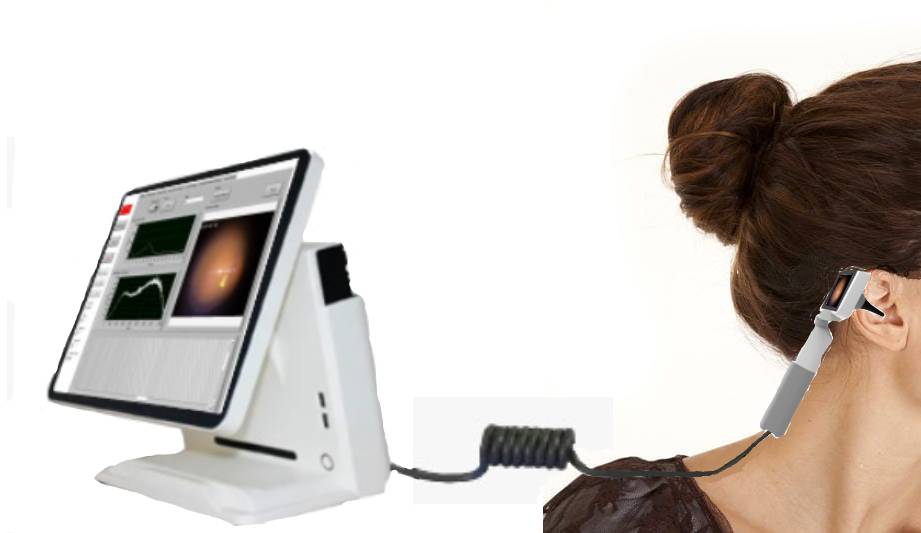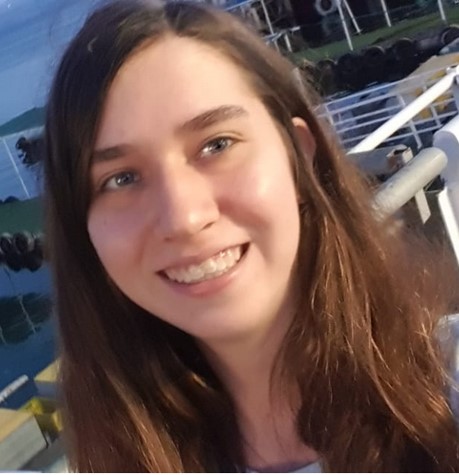One student created a system to predict epileptic seizures. Another developed technology to track moods in cancer patients, and a third worked on preventing sudden death in athletes. These fourth-year students recently displayed their work at the annual project exhibition, held virtually this year in the Technion Faculty of Biomedical Engineering. The exhibition underscores the University’s commitment to applied research and entrepreneurship.
“The projects on display are the epitome of many months of tackling practical challenges, complex technical difficulties, and our requirement that students present meaningful solutions to real-world problems,” said Faculty Dean Professor Shulamit Levenberg.
In line with the Technion’s ties to industry, the panel of judges who awarded a total of seven student prizes included many entrepreneurs and senior executives in the biomedical industry.

Lidan Fridman won first prize for her system to diagnose early-stage hearing loss. “Today, the diagnosis is to a great extent reached on the basis of information provided by the patient, a fact that introduces a subjective element to the process,” said Ms. Fridman. She has designed a compact device that creates high-resolution images of vibrations of the tympanic membrane, which could help detect hearing problems and pinpoint their cause more accurately. She hopes to bring the project to clinical trials within the next few years followed by widespread use.

Yael Zaffrani took second place for developing technology to diagnose Crohn’s disease early on.
Maya Hershko placed third for technology that uses nanosized particles to inhibit the proliferation of cancerous cells.
An entrepreneurship prize to encourage the commercialization process was awarded to students Marina Tulchinsky, Roni Keshet, and Ori Shahar for Vocal Vibes, a remote speech therapy technology, particularly relevant during the current COVID-19 pandemic.
“The display of the projects is the pinnacle of the year in the Faculty, and reflects our pursuit of close continuous collaboration with the industry,” said Prof. Levenberg.
